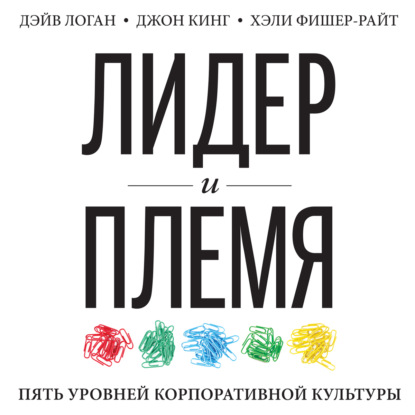Expectations are running high for significant outcomes on the temporary movement of natural persons to supply services ¡V known as mode 4 ¡V in the current WTO services negotiations. Powerful drivers for liberalization exist, such as increased trade and investment, strengthened global business networks, shortage of skills in developed countries, and increasing export capacity in skilled labor in developing countries. However, stumbling blocks remain. What is the impact of temporary movement on domestic labor markets in developed countries? Does mode 4 contribute to ¡§brain drain¡¨ in developing countries? And what are the links between mode 4 and the sensitive issue of how countries regulate the entry of foreigners into their territory?
Building on a recent groundbreaking OECD/IOM/World Bank seminar, Trade and Migration considers these questions and examines the opportunities and challenges in the current debate as they relate to mode 4 and the current WTO services negotiations. The book explores possible ways forward for building greater understanding between the trade and migration policy communities on this important and timely issue. It suggests ways to unleash the potential of the temporary movement of service suppliers to bring significant gains to developed and developing countries alike. Это и многое другое вы найдете в книге Trade and Migration: Building Bridges for Global Labour Mobility (Trade and Development) (World Bank)















